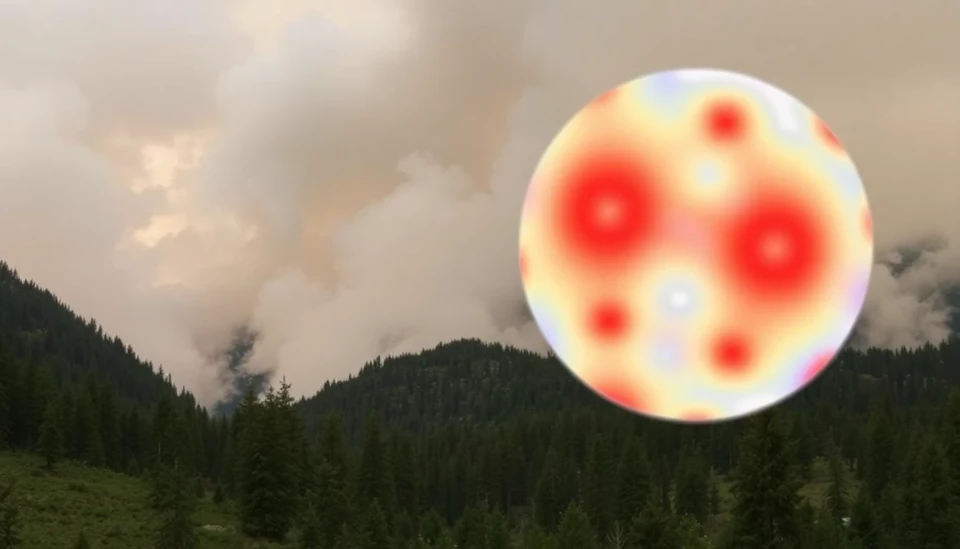
A groundbreaking advancement in wildfire prediction has emerged, with artificial intelligence (AI) technologies surpassing conventional weather models in accuracy and reliability. This marked a pivotal moment in the battle against one of nature's most destructive forces, aiming to enhance response strategies and potentially save lives and ecosystems.
Researchers have employed sophisticated AI algorithms that analyze vast amounts of meteorological data, historical fire patterns, and environmental conditions, producing forecasts with unprecedented precision. This state-of-the-art approach is a response to the increasing frequency and intensity of wildfires exacerbated by climate change, prompting a desperate need for more dependable forecasting methods.
The study leading to these findings highlights a significant disparity between traditional meteorological techniques and AI-driven predictions. Traditional models, long relied upon by fire management agencies, tend to provide generalized forecasts that can miss critical indicators leading to wildfires. In contrast, AI systems are capable of integrating multiple data sources and learning from past incidents, allowing for more tailored and predictive insights.
One notable aspect of the AI models is their ability to continuously learn and adapt from ongoing weather data. While traditional models utilize fixed algorithms that can become outdated, AI systems can process real-time data, identifying trends and patterns that inform their projections. This dynamic capability is particularly useful in environments where conditions can change rapidly, such as during heatwaves or droughts, often preceding a wildfire outbreak.
The implications of this technological leap are profound. Enhanced forecasting will not only empower firefighters and emergency responders with more timely and accurate alerts but also allow for better preemptive measures to be enacted. Communities at risk can develop more effective evacuation plans and resource allocation, thereby reducing both human and environmental costs associated with wildfires.
Experts are optimistic that with further development, AI-powered forecasting tools could become standard practice in wildfire management and remain integral in adapting to the challenges posed by climate change. This innovation represents a critical response to an escalating global crisis, where the impact of wildfires has reached alarming levels, prompting urgent intervention and improved strategies.
As we move forward, the collaborative efforts between meteorologists, AI specialists, and fire management officials will be crucial in refining these predictive models. The adoption of AI stands to not only reshape how we approach weather forecasting but also how we prepare for and combat the devastating effects of wildfires.
In conclusion, the integration of AI in wildfire forecasting presents a promising frontier for both technology and environmental science, offering hope for more effective management of natural disasters and ultimately a safer planet.
#WildfireForecasting #ArtificialIntelligence #ClimateChange #EmergencyManagement #InnovativeTechnology #EnvironmentalScience #SustainableFuture #WildfirePrevention
Author: Sophie Bennett




